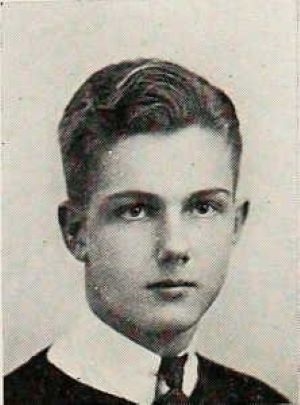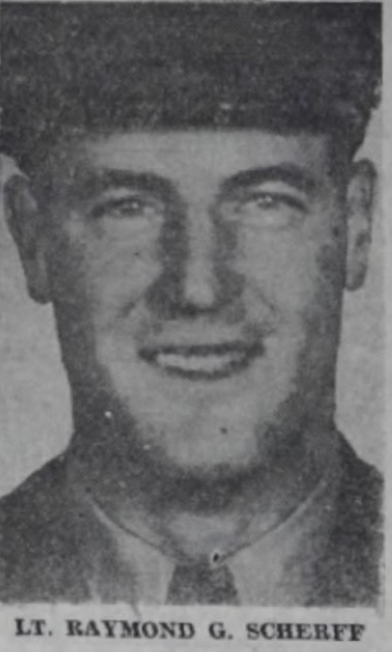Honoring Service: Fallen Veteran Ralph Blohm, WWII
Our reporting on local veterans is a collaboration with RyeVets.org to highlight those from Rye who have served our country across times of war and peace. There are over 2,100 veterans from the City of Rye. Learn more about how you can help research and write biographies of those that have served.

Ralph Blohm was born on April 13, 1925, to Henry and Dorothy Lyons Blohm. He lived with his parents and brother Daniel at 184 Osborn Road. Their family belonged to the Church of the Resurrection. Ralph’s father worked as a mechanical engineer for a public utility company and later as a civilian employed by the Navy at Pearl Harbor. Both of Ralph’s parents hailed from the Bronx. He graduated from Rye High School in the Class of 1943, where he gained recognition for his athletic talents in track and football. In the summer prior to his enlistment, Ralph and 13 of his classmates contributed to the war effort by working on dairy farms in Vermont. During World War II, Ralph enlisted and served in the U.S. Army.
Date of Birth: 4/13/1925
Died On: 1/17/1945
Street Address: 184 Osborn Road
Service Number: 42030737
Branch of Service: U.S. Army – 502nd Parachute Infantry Regiment, 101st Airborne Division
On August 19, 1943, Ralph enlisted in the U.S. Army. He initially joined the ski patrol and later became a paratrooper. Ralph received his initial training at Fort Benning, Georgia, and was deployed overseas in May 1944. He served as a Private First Class in the 502nd Parachute Infantry Regiment of the 101st Airborne Division. Throughout the war, the regiment took part in three significant battles: Battle of Normandy, Operation Market Garden, and the Battle of the Bulge.
The Battle of the Bulge commenced on December 16, 1944, when the Germans launched a major offensive through the Ardennes Forest. Their objective was to reach the port city of Antwerp and disrupt the Allied supply lines. The two airborne divisions, including the 101st, were among the only available reserves in the American theater. The 101st received orders to defend the crucial town of Bastogne, a central road junction in the Ardennes.
In a rushed operation on December 18, the 101st Airborne was transported to Bastogne in Belgium. The division found itself encircled, facing overwhelming German forces with a nearly ten-to-one advantage. Due to adverse weather conditions, the Allies’ control of the air was rendered ineffective for the first week of the battle.
Despite being ill-equipped, cut off from supplies, enduring cold and hunger, and lacking proper medical care for the wounded, the 101st valiantly repelled desperate German attacks for over a week. Finally, on December 26, the 4th Armored Division of Patton’s Third Army broke through the encirclement, reinforcing the defense. Ralph was wounded at Bastogne in late December 1944 and sadly succumbed to his wounds on January 17, 1945, at the age of 19.
Following the Battle of the Bulge, General Eisenhower addressed the 101st Airborne Division when the unit was awarded the Distinguished Unit Citation for their courageous stand at Bastogne. This distinction marked the first time in U.S. Army history that an entire division received such an honor.
After four and a half years, Ralph J. “Lefty” Blohm’s body was brought back to Rye in late July 1949. Public buildings and parks lowered their flags to half-mast in his honor. A Requiem Mass took place at the Church of the Resurrection, and he was laid to rest with full military honors at St. Raymond’s Cemetery in New York City. More on Blohm.






